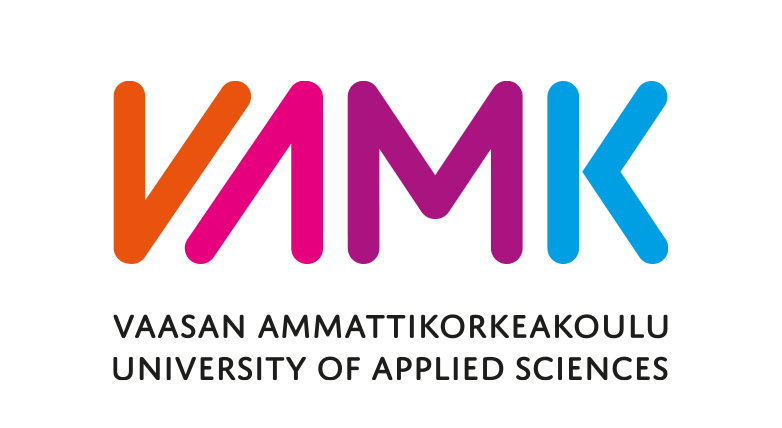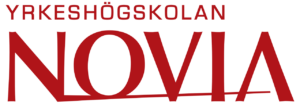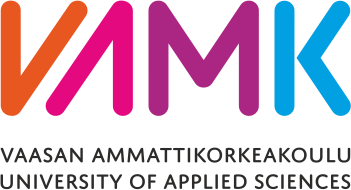

Project information:
Official name of the project: Kysyntäjouston kaupallisten ratkaisujen edistäminen Pohjanmaalla
Duration of the project: 1.1.2024 - 31.12.2025
Project coordinator: VUAS
Project partners: Novia UAS, Merinova
Funding: The Regional Council of Ostobothnia, JTF
Budget: 247 548 €
Contact person in VAMK:
Jussi Alahuhtala, Senior Lecturer (School of Technology)
RDI Platform: Smart Industry
Language: Finnish, Swedish
Project description
In Finland, industry consumes more electricity than households and agriculture on an annual basis. In turn, households and agriculture are a larger load on the electricity grid than industry from a power point of view, because the electricity consumption of households and agriculture varies more on an annual and daily basis. Thus, the demand response of households will have a greater impact on the future operation of the electricity network than the annual energies would suggest.
Halving the use of peat for energy by 2030 and achieving Finland’s 2035 carbon neutrality target will require a significant increase in wind power generation. The electricity grid will not be able to cope with increasing extreme dependency without a significant increase in flexible capacity. Demand response is an environmentally friendly and economical way to provide flexibility to the grid. Demand response is technically mature, yet it is not widespread among small consumers.
Goals
The aim of the project is to explore the demand response potential of Ostrobothnia. Once the theoretical potential is known, it will be possible to assess the impact of demand response on the operation of the electricity system and the economic potential of demand response. The mapping will be carried out using data from Vaasan Sähkö Oy’s customers.
The project also aims to map the existing demand response solutions on the market and analyse their characteristics in relation to each other and to the market need. The mapping will also provide an understanding of the shortcomings of existing products and where further development is needed. We will select at least two solutions to be demonstrated in Technobothnia’s laboratory environment. The demos will live on after the project in Technobothnia’s engineering education and in business partnerships. In addition to the Technobothnia demos, the demand response solutions will be tested by installing demand response solutions on selected consumers. Through the demos and pilot experiences, we will develop the functionality of the demand response solutions and the experiences will be used to define good practices.
The project also aims to develop good practices for demand response. The good practices will include general contractual conditions for demand response between the consumer and the service provider, as well as ethical guidelines. These could be developed into a demand response RT card and an ST card in a future project. These will contribute to the uptake of demand response solutions and improve the quality of the experience of electricity users. In addition, electricity users’ awareness of demand response will increase and companies’ knowledge and understanding of demand response and its business models will grow.
Results
The number of articles produced during the project is measurable. The number of people attending seminars is measurable. The number of demand response demos built is measurable. The number of social media impressions of the project is measurable.
Results of work package 1. Mapping of existing solutions and future perspectives of solutions
- Report on past projects and their main results
- Compilation of companies, small players, products and services active in the demand response market and stakeholder contacts established
- SWOT analysis of demand response products
- Summary of the electrotechnical suitability of different electricity users for demand response and analysis of the network company’s control options and the impact of the future quarterly balance sheet
- The mapping exercise will provide an understanding of the shortcomings of existing products and where further development is needed
Results of work package 2. Mapping the potential for demand response
- Summary of electricity users’ willingness and ability to participate in demand response
- Technical possibilities
- Economic potentia
- Willingness to change their habits
- Estimation of the technical demand response potential (power and energy) of 40 000 electricity users in the Vaasa electricity network (based on data analysis)
- Overall picture and scenarios of the likely demand response potential in the Vaasa region built up from the survey and data analysis.
- Gaining an understanding of the technical business potential of demand response
- Motivating companies to market demand response when the real potential of demand response is known
Results of work package 3. Assessing the profitability of demand response and developing business models
- Electricity user demand response economic scenarios
- Proposal for business models for electricity user demand response
- ANSOFF MATRIX – Four-field analysis: current and future markets and products
- Increasing knowledge and understanding of demand response and its business models by companies
Results of work package 4. Demand response demonstrations and pilots for electricity users
- At least two different types of demand response demonstrations have been built for Technobothnia
- A demand response solution tailored to the needs of the selected electricity users has been installed and delivered, with an associated profitability calculation
- For the electricity user pilots, a summary of the results of the satisfaction survey and user experiences, including technical and economic effectiveness
Results of work package 5. Building good practice and raising awareness among electricity users
- General contractual conditions for demand response between an electricity user and a service provider
- Ethical guidelines and good practices for providers of demand response solutions
- Guidelines for good technical practices: life cycle and scalability
- Website, social media accounts and content created during the project
Roadmap for the promotion of electricity user demand response
Results of work package 6. Project management and stakeholder engagement
- Project financial monitoring documentation
- Keeping the financiers and other stakeholders informed about the progress of the project




